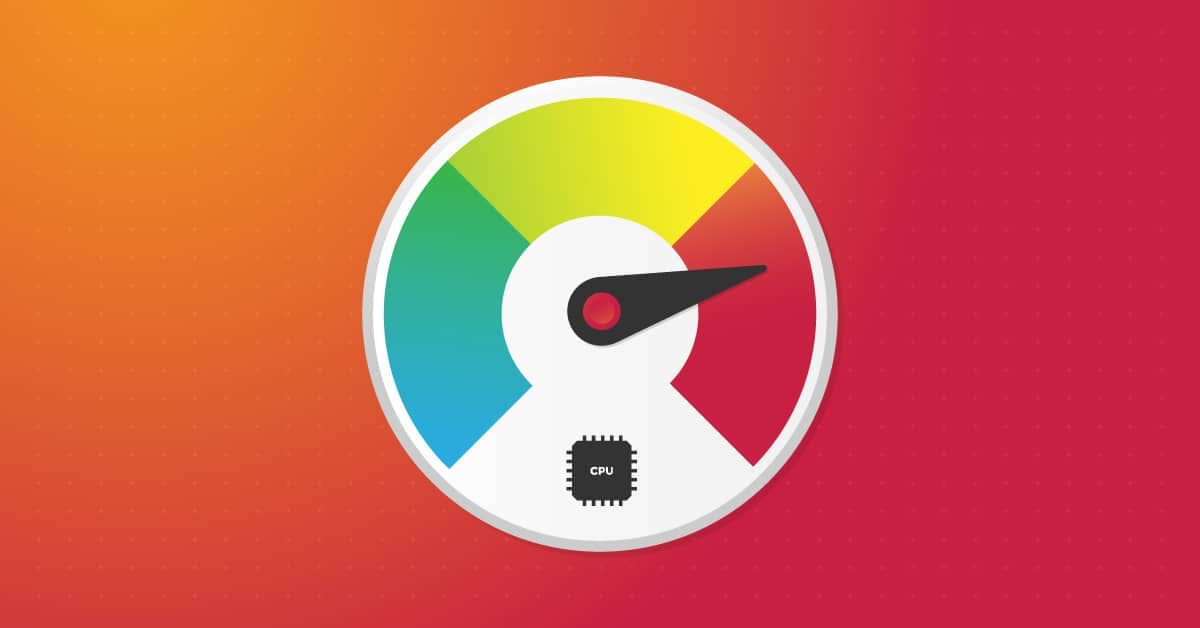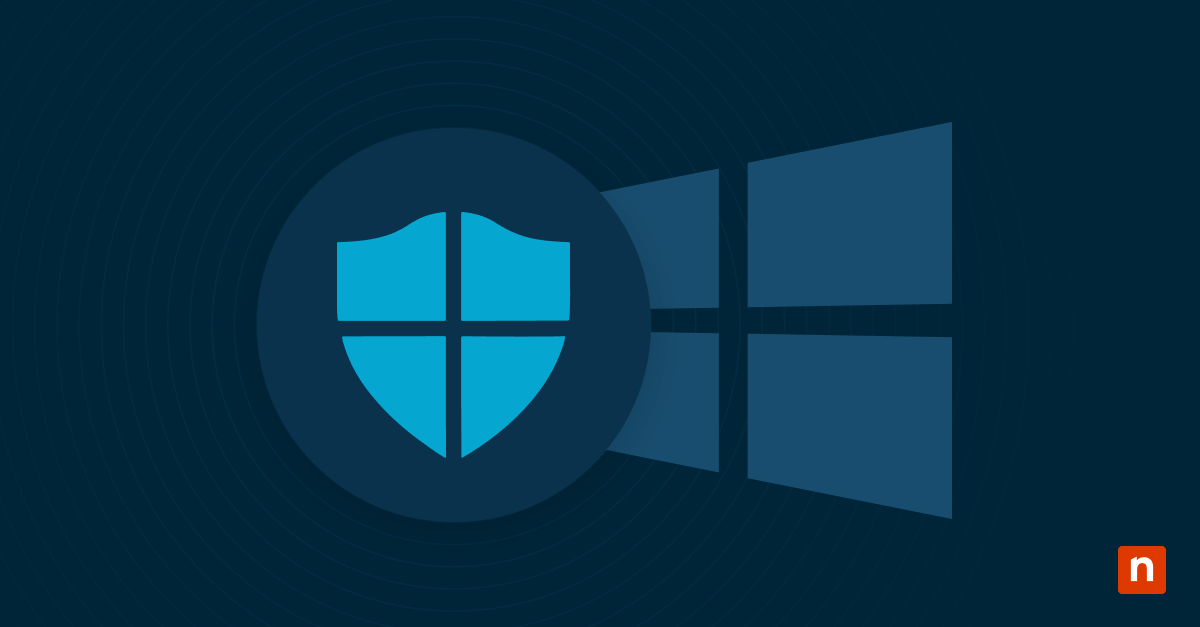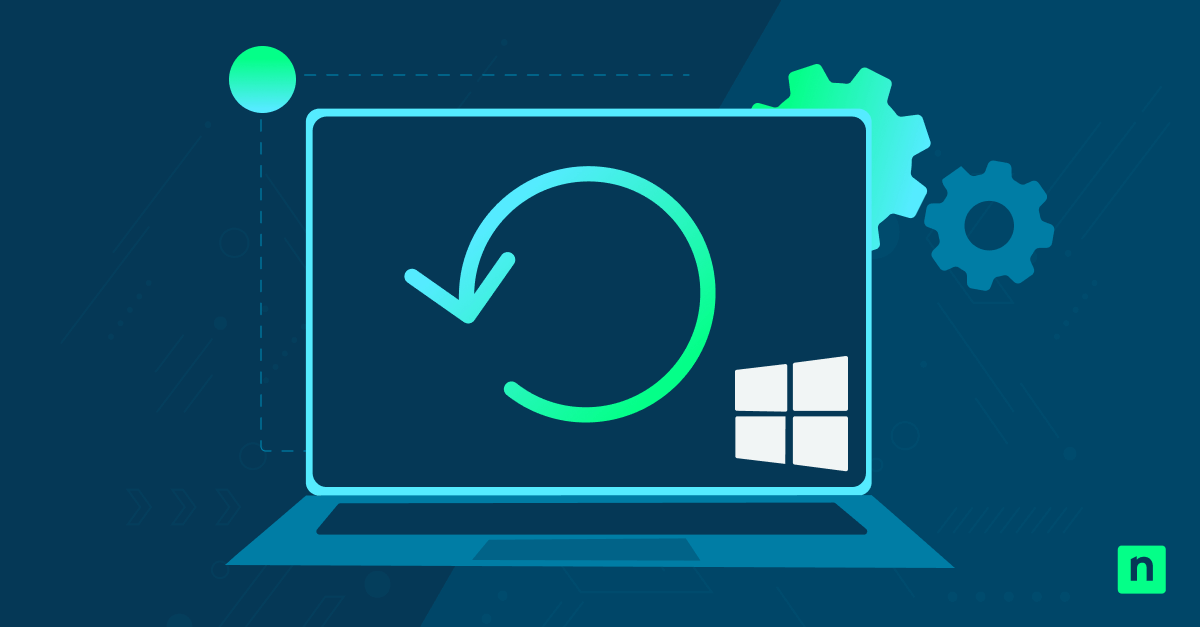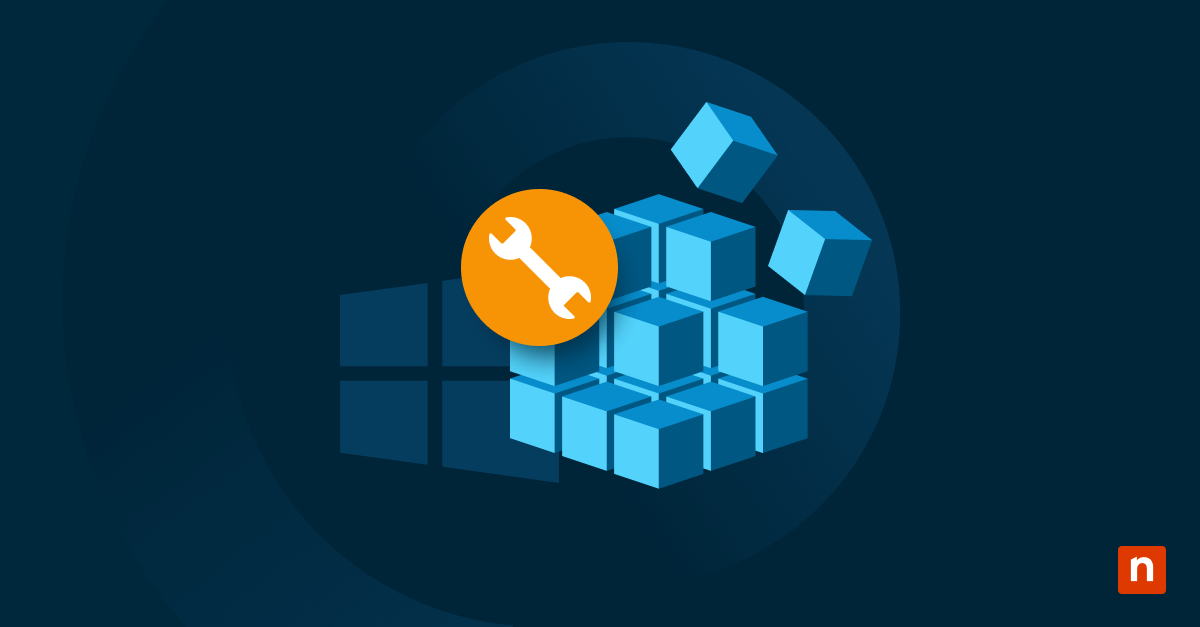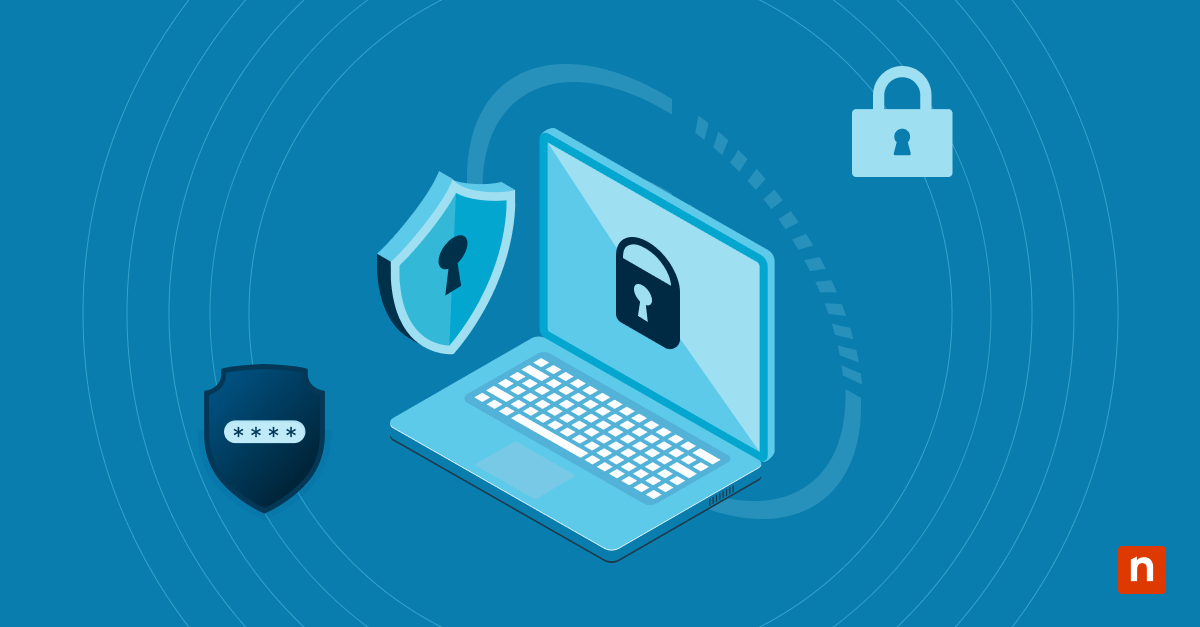Every day, you run the risk of experiencing critical IT issues during peak times. Reliability testing helps you identify and address these potential issues before they negatively impact your users or operations. With a solid evaluation framework in place, you can decrease downtime and increase resiliency and stability.
What is Reliability Testing?
Reliability testing is a process that evaluates how well an IT system, component, or product performs under specified conditions over an extended period. The primary goal is to determine if the item can keep working without failure for a defined duration. Different from simple functionality checks, reliability testing focuses on long-term performance and stability. In the IT sector, reliability testing serves several critical purposes:
- Identify potential failures before they occur in production environments.
- Improve system stability and overall performance.
- Reduce downtime and associated maintenance costs.
- Enhance user satisfaction and build trust in your IT solutions.
Unlike other forms of testing that focus on immediate functionality, the importance of reliability testing is that it takes a long-term view. While functional testing verifies that a system works as expected at a given moment, reliability testing enables your environment to work correctly over extended periods and under various conditions.
Key Components of Reliability Testing
To conduct effective reliability testing, you must consider several key parts. Each one plays a role in certifying that your testing process is comprehensive and yields meaningful results.
Defining test criteria and objectives
Before you begin any reliability testing, it’s important to establish clear criteria and objectives. These should align closely with your organization’s goals and the specific requirements of the system under test. Consider factors such as:
- The expected lifespan of the system
- Acceptable failure rates for different components
- Performance benchmarks that must be maintained
- Any regulatory compliance requirements that apply to your industry
Defining these criteria establishes clear benchmarks for your reliability testing. This framework also provides a basis for making informed decisions based on the results of your tests. For example, if a component fails to meet the defined reliability criteria, you can prioritize improvements or replacements accordingly.
Identifying critical systems and components
Not all parts of your IT infrastructure require the same level of testing and reliability. To make the most efficient use of your resources, it’s important to prioritize your efforts by identifying the most critical systems and components within your infrastructure.
When determining which elements are most critical, look at:
- The potential impact on business operations if the component fails
- How frequently the system or component is used
- The complexity of the system and its interactions with other parts of your infrastructure
- The potential consequences of failure, both in terms of direct costs and reputational damage
By focusing your reliability testing efforts on these critical elements, you can confirm that the most important parts of your infrastructure receive a thorough evaluation.
Establishing testing parameters and conditions
To accurately assess reliability, you must define the parameters and conditions for testing. This step helps simulate real-world conditions, providing more accurate insights into how your systems will perform in production environments.
Consider including the following conditions:
- The duration of the test, which should reflect the expected lifespan of the system
- Environmental factors such as temperature, humidity and physical location
- Typical usage patterns and peak usage scenarios
- Expected data loads and types of data processed
- Various network conditions, including periods of high latency or limited connectivity
Carefully defining these parameters allows you to create a testing environment that closely mirrors the conditions your systems will face in real-world use. This will help you identify potential issues that may only arise under specific circumstances, allowing you to address them before they impact your users or operations.
Reliability Testing System Methods
There are several ways to conduct reliability testing, each offering unique benefits and insights into system reliability. Using a mix of these methods gives you a comprehensive understanding of your systems’ reliability under various conditions.
Stress testing
Stress testing is a method that pushes your systems beyond their normal operating limits to identify breaking points and potential failure modes. This involves gradually increasing workloads or input rates beyond expected peak levels, simulating extreme conditions, and closely monitoring system behavior under high stress.
The benefits of stress testing include:
- Identifying the upper limits of your system’s capacity
- Uncovering potential bottlenecks or weak points that may not be apparent under normal conditions
- Understanding how your system behaves when pushed to its limits
- Determining the point at which performance degrades significantly or the system fails entirely
Load testing
Load testing evaluates system performance under expected peak load conditions. This method simulates realistic user behavior and traffic patterns to assess how your system performs under heavy but anticipated usage. During load testing, you measure response times, resource utilization, and overall system stability.
Key aspects of load testing include:
- Simulating concurrent users and transactions
- Replicating expected data volumes and types
- Measuring response times for various operations
- Monitoring resource usage, including CPU, memory, and network bandwidth
Failure testing
Failure testing, also known as fault injection testing, deliberately introduces faults or errors into a system to see how well it can recover and keep working. This method helps you evaluate your system’s resilience and verify that your recovery processes work as intended.
Failure testing typically involves:
- Simulating hardware failures, such as server crashes or network outages
- Introducing software bugs or errors to test error-handling mechanisms
- Evaluating failover and recovery mechanisms in distributed systems
- Assessing the effectiveness of backup and disaster recovery procedures
Implementing Reliability Testing in IT Environments
To effectively implement reliability testing in your IT environment, follow these reliability testing best practices:
- Integrate reliability testing into your development lifecycle: Don’t treat reliability testing as an afterthought. Incorporate it early in the development process to identify and address issues before they become costly to fix.
- Automate where possible: Use automation tools to run repetitive tests, simulate user behavior, and analyze results. Automation increases efficiency and allows for more comprehensive testing by enabling you to run tests more frequently and with greater consistency.
- Monitor and analyze results: Implement robust monitoring and logging systems to capture detailed information about system behavior during testing. Use this data to identify trends and patterns that may indicate reliability issues.
- Continuously improve: Use the insights gained from reliability testing to refine your systems and processes. Regularly review and update your testing strategies to address new challenges and technologies.
- Foster a culture of reliability: Encourage all team members to prioritize reliability in their work. Provide training and resources to help staff understand the importance of reliability testing and how to implement it effectively.
- Document and share findings: Maintain detailed records of your reliability testing efforts, including methodologies, results, and lessons learned. Share this information across your organization to promote best practices and prevent recurring issues.
It is important that reliability testing is a primary focus of your IT solution development and maintenance. By learning and applying best practices, methods and strategies for reliability testing, you’ll significantly improve the reliability and performance of your systems.


